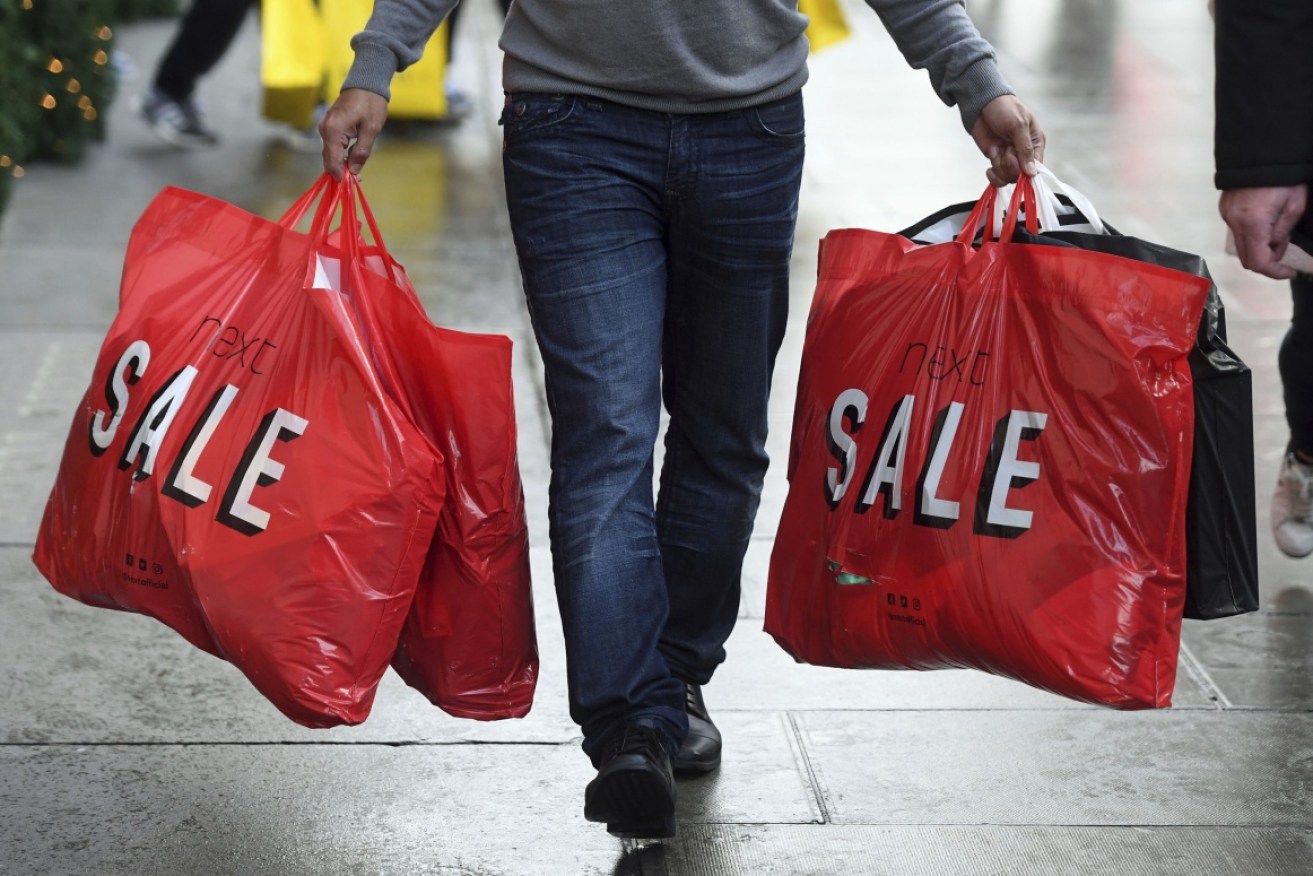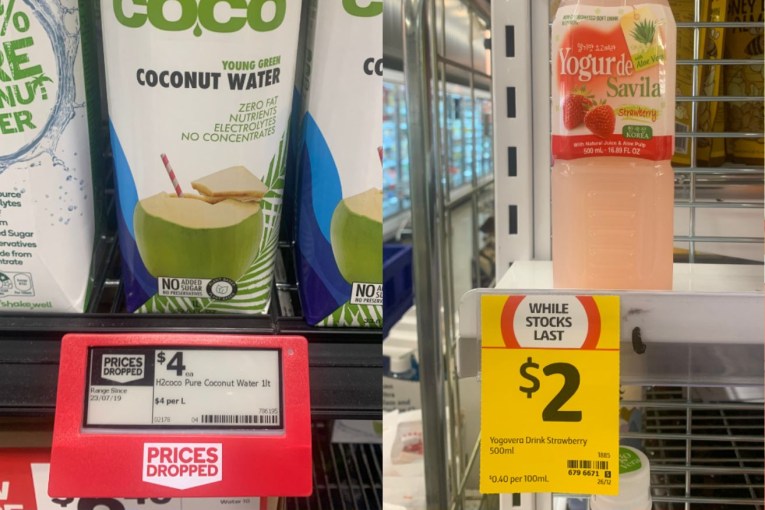Aussies waste $10 billion on stuff they never use

Australians are among the worst consumers globally, spending $10.5 billion every year on goods and services they will never use. Photo: AAP
Australians are spending more than $10 billion every year on things they will never use before tossing them into landfill.
Melissa Norberg, the deputy director of Macquarie University’s Centre for Emotional Health, says the longing for more things stems from positive reinforcement in childhood.
People’s relationships with objects have strayed away from the functional into a place where we attach to things personally, even when it comes to buying a blanket for warmth.
“We usually buy (a blanket) that is our favourite colour, matches our bedspread, where we’re going to put it, and might say something about our style,” Professor Norberg told AAP.
Some people buy candles but refuse to burn them for fear of them being gone, extinguishing the original functional purpose of the object.
This attachment to objects stems from childhood experiences, where children learn to cling to objects when they feel upset.
“As little kids, we might learn that a blanket or a teddy bear comforts us when our parents and caregivers are away and that can help soothe us when we’re feeling distress,” she said.
“Most children will give up security blankets, but not everyone does. And it seems to be those who come from more distressed environments are those most likely to hang on to it and to continue to use it for its soothing properties.”
Australians are among the worst consumers globally, spending $10.5 billion every year on goods and services they will never use, and are the 13th-largest contributors of waste per capita globally.
Clinical psychology could be used to redirect compulsive buying and unhealthy relationships with objects, Prof Norberg said.
The way to tackle overconsumption is to consider why you’re buying and ask what happens right before the purchase happens, according to Prof Norberg.
“Once you know why you’re acquiring or saving objects that you really don’t need, it’s trying to figure out replacement behaviours,” she said.
Many people see a flashy sale sign and think they’re being thrifty and economical.
She urged people seeking bargains to seek other ways to be economical, including saving their money, and passing on other items they weren’t using.
“Maybe a trigger is going shopping with your friends, and when you do that, you find that you buy twice as much as you would if you were on your own,” Prof Norberg said.
The answer could be as simple as finding a pastime with your friends that isn’t shopping.
“If it’s wanting to look good for special events … you probably already have things that make you look good for special events,” she added.
Associate Professor Norberg will hold the Too Much Stuff? Discover the Science of Letting Go talk and workshop at Vivid Sydney Festival next month.
– AAP








